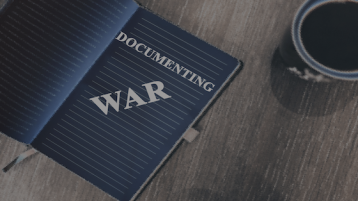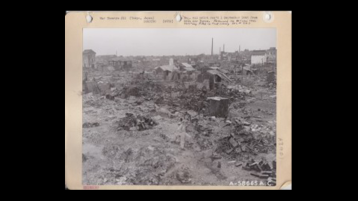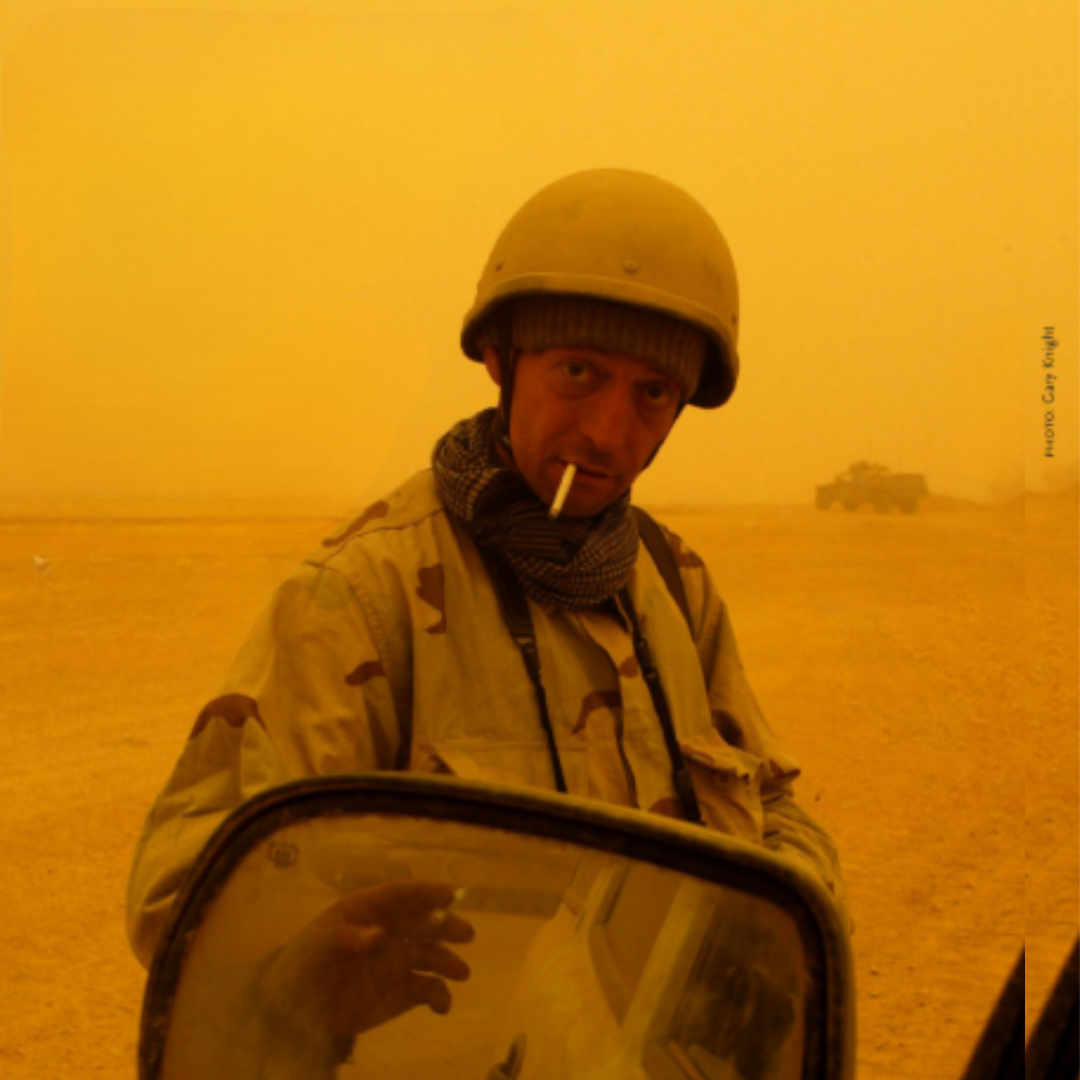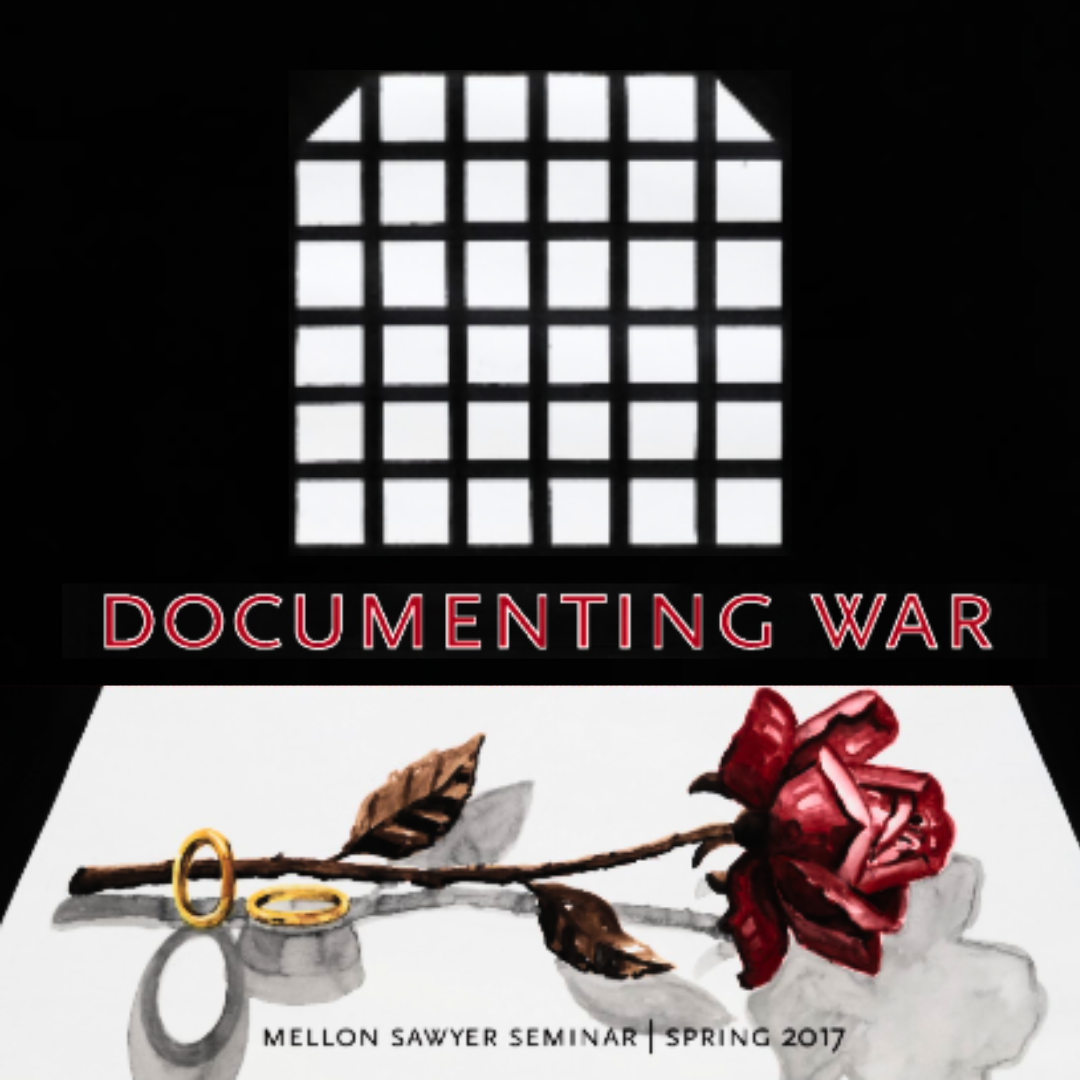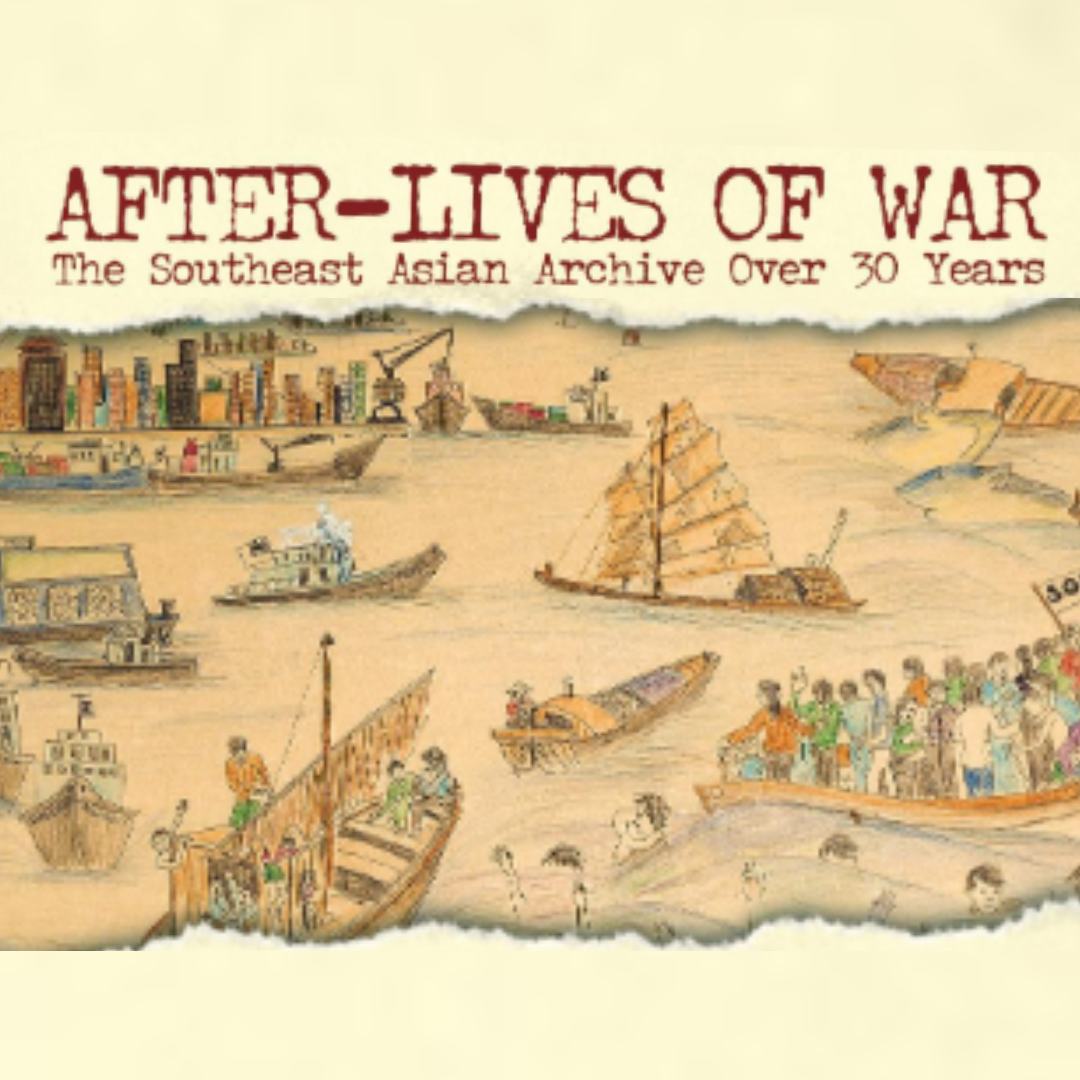Fall Quarter 2016
Art History 165D: US Art and War | Cécile Whiting
Artists witness the events of war as well as produce and mobilize patriotic support and resistance to conflicts as they unfold and in retrospect. This class will focus on photographs, paintings, and public monuments from wars past and present, treating them as contested sites of public memory and national identity. Students will have an opportunity to participate in organizing an exhibit of refugee art to be mounted in spring 2017 on campus. They will help select works to be shown and write labels for the exhibit.
English 103/Literary Journalism 103: Documenting War | Carol Burke
Photographers, filmmakers, videographers, journalists, and more recently bloggers document the wars we fight and the conflicts we avoid. They send their dispatches from “the front” in the heat of conflict. They record the losses that come with any war and the atrocities suffered by those caught in harm’s way. They distill for those of us on the home front the complications and chaos of war into narratives of heroism and sacrifice, efficiency and excess, liberation and injustice. They bring us the assessments of war from leaders, both military and civilian, whose task it is to manage conflict, if not to win it. They produce the iconic images that sear a war in our memory.
In this course, we will look closely, but not exclusively, at the work of documentary filmmakers, photojournalists, and print journalists. We will consider the arguments they make, the scenes they depict, and the stories they tell in their efforts to write the first draft of history or to bring to light a previously hidden truth about a specific war.
Winter Quarter 2017
Visual Studies 295/English 210: The American War in Vietnam | Carol Burke and Cécile Whiting
The Vietnam War was several wars: a war of independence, a civil war, a guerilla war, a proxy war, an insurgency, a war to win “hearts and minds;” and, as it lingered on, many called it “an unwinnable war.” In this seminar we will examine efforts to document this protean war as it unfolded (the print journalism, photojournalism, and television broadcasts from reporters with unprecedented access to the conflict), the reactions of those who protested an unpopular war, and the reflections of writers and artists that emerged after the fall of Saigon in 1975. Texts will include selections from historians Marilyn Young’s The Vietnam Wars and Nick Turse’s Kill Everything that Moves; literary journalism by Herr, Hersh, Riddenhour, and Laurence; prose by O’Brien, Wolff, Ninh, and Hasford; poetry by Levertov, Duncan, and Weigl; protest literature like The Huron Statement and The Winter Soldier Hearings; films by Davis, Goodman, Ashby, Kubrick, Herzog, and Coppola; key photographs of violence that circulated in the press; and art work by Emory Douglas, Martha Rosler, Peter Saul, Nancy Spero, and others. No story of any war is complete without the accounts of the return of those who were deployed to fight in the name of the state, the memorials in honor of those who fought but did not return, and the accounts of refugees forced to flee their homeland.
Spring Quarter 2017
Literary Journalism 103: Reporting the National Security State | Joseph Darda
On September 16, 2001, days after the 9/11 attacks on New York City and Washington, DC, vice president Dick Cheney sat down for an interview with Meet the Press host Tim Russert. “We’re going to spend time in shadows in the intelligence world,” he told Russert. “A lot of what needs to be done here will have to be done quietly, without any discussion, using sources and methods that are available to our intelligence agencies.” This course will explore how writers have told the stories of these “shadows” and this covert “world.” How have journalists investigated and reported on national security in an age of heightened state secrecy? How have they rendered sometimes opaque government activities––counterterrorism, mass surveillance, cyber war––in narrative form? As a story?
Through the work of photojournalists, documentary filmmakers, and the writing of such print journalists as Jane Mayer, Glenn Greenwald, and Fred Kaplan, we will consider the growth of the United States’ national security infrastructure since the onset of the cold war and the struggle to tell (and conceal) that story in the twenty-first century. After two weeks devoted to contemporary narrative journalism that “re-reports” the cold war, we will move through three interrelated units on military prisons, state surveillance, and cyber war. From now until June, we will ask how writers, faced with the challenges of secrecy and complexity, have constructed stories out of material that may, at first glance, seem to resist storytelling.
